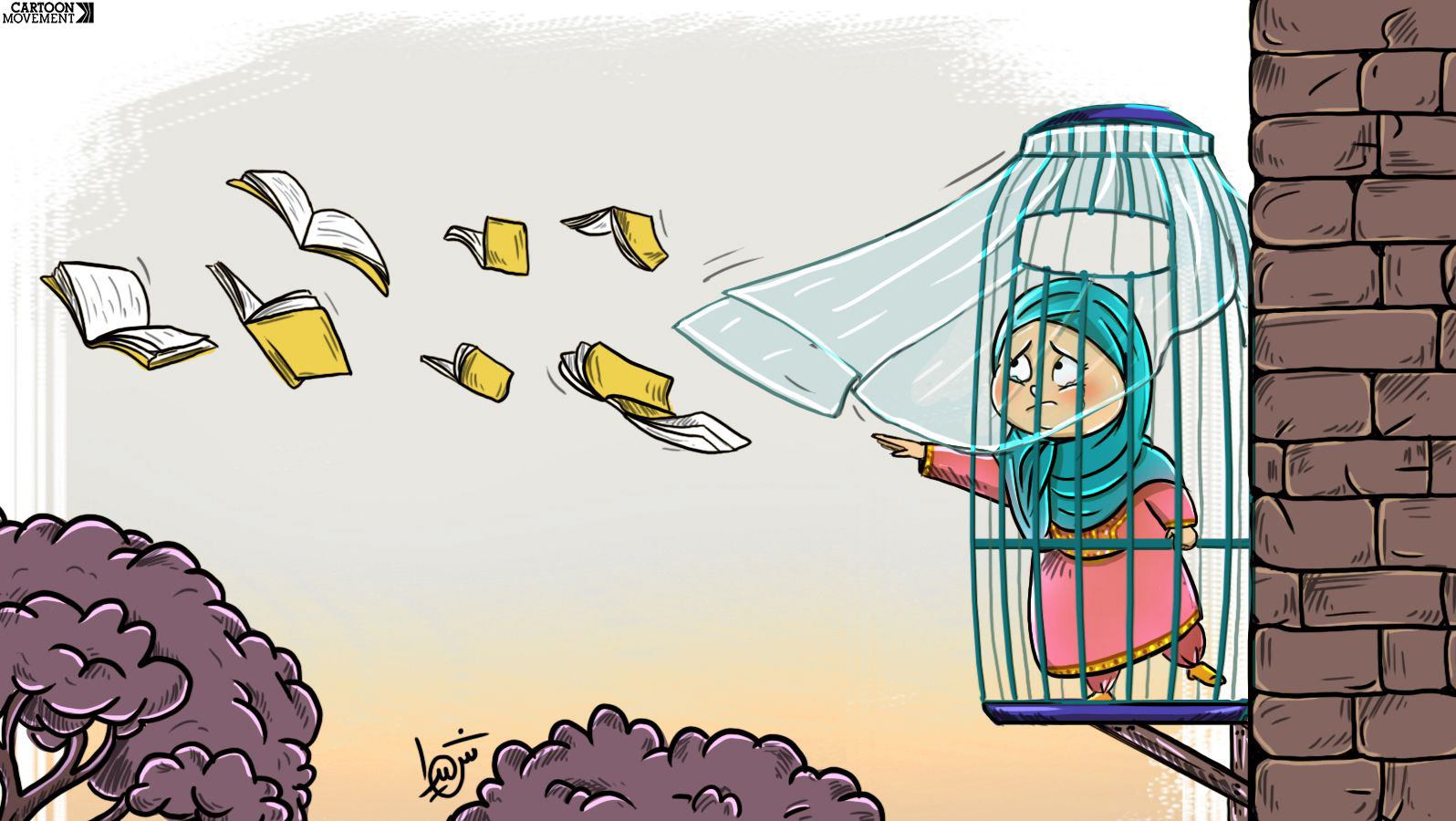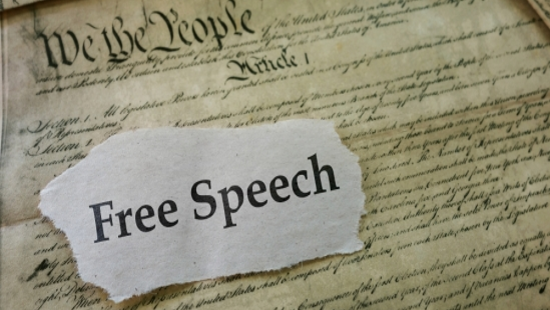Question 2: Marshall McLuhan is credited for coining the term 'Global Village' and arguing that the 'Globe', thanks to electronic technology, has been contracted into a single large village. Discuss how the advancement of new media technologies contributes to the formation of the Global Village
In this essay I discuss how we transitioned from an oral culture to a global village, discussing how the world is matched up in a global map through the internet technology. I then examine how the global village became our omnipotent powerful God by amassing all of the information about us and the world, as our mental extensions are mostly provided by social media. In the last part of the essay I demonstrate how the individual change became a worldwide change affecting cultures and the global financial system. This essay concludes that the formation of the global village precipitated a cultural global storm moving on the path to global unity. It did, however, significantly reduce the cost of education and life easier.
Oftentimes, social media responds to a voice of silence, of loneliness. For instance, in a pre-technological culture, individuality was critical because people were unable to communicate, listen to, or have access to the content of other people's experiences, beliefs and ideologies from around the world. Social media enables us to develop a greater sense of self-awareness as we connect with others who share our experiences, beliefs, and ideologies. If we look at ‘The international Women Decade’ between the years1975-1985, it was a decade during which women all over the world became aware of their rights through an understanding of and fight for gender equality. Thus, by observing how common issues such as feminism, smoking, and politics (such as democracy) have spread throughout the world, we can deduce that a global village is based upon an already existing homogeneity. There is no doubt that without the advancement of electric and modern technology, the formation of a global village would be something unattainable.
What makes people so appealing on a global screen? Perhaps, to understand, we should travel back in time to a time when people did not live in the temporary visual space but in an acoustic space. McLuhan (1978:54, 1960: 207) points out,
Before the invention of writing man lived in acoustic space which was the basic character of a sphere whose focus or center is everywhere and whose margin is nowhere… Man lived there in the dark of the mind, in the world of emotion, of primordial intuition, of terror…
To put it in another way, people were living in chaos. People could not rely solely on their memory for everything, as thoughts lack connectivity, linearity, and stasis. According to Wikipedia, chaos is defined as the polar opposite of civilization. According to McLuhan (1978), civilization is Euclidean, a space dominated by visual stimuli. The cycle of civilization began with the invention of writing. Even if the book were an extension of the eye, reading one to sit alone and scan a line at a time, absorbing ideas one at a time. It is a private experience. Man does not participate in the discussion that is taking place, and only the visual sense is stimulated. Even if people were used to reading aloud to bring back the oral world and stimulate more senses simultaneously, this was not a feasible goal. On the other hand, the invention of the radio and telephone in 1927 extended the ability of light, sound, human voices, images, and videos to exist in space and time.
Marshal McLuhan, a Canadian communication theorist, observes that man is aware of all his senses at any given moment of consciousness via media. According to him (1964:87),
The wheel is an extension of the foot, the book is an extension of the eye, clothing an extension of the skin, and electronic circuity is an extension of the central nervous system.
In other words, we left behind us the acoustic and oral primitive society in which we communicated exclusively through light and sound. In an oral culture, someone surviving on an island was expected to send signals using fire or smoke, which was something depended on the weather. He could be trapped on an island for months, if not years, attempting to communicate via signs and failing to even a simple message. Due to social media, everyone would now know about the plane-crash, and assistance would arrive immediately. It is reasonable to assert that global media and technology have brought people together, as we can access global news at any time and commiserate on painful events, even feeling sorry for incidents occurring on the other side of the globe. One of these events occurred during the Christmas season of 2004 in Africa and Asia. It was a global tragedy, and thanks to social media, people from all over the world were able to financially assist the victims, rescuing them from hunger and covering hospital bills.
We could say that internet created a detailed map of the entire world with information about everything. Thus, humans are drawn to the limitless sources of information. While people attempt to absorb everything, human-beings were not designed to think at the speed of light. As McLuhan (1964:97) puts it, ‘The more information one has to evaluate, the less one knows. Specialism cannot exist at the speed of light.’
By attempting to gain control of something infinite, of a global map, man falls into a trap and, rather than having a true image of everything, ends up with nothing. To give an illustration of it, extreme versions of holism argue that we cannot exist apart from the whole and “I” is merely a piece of the universal puzzle. If we compare the world to a large puzzle made up of millions of pieces, we can conclude that nobody lives in a piece of puzzle anymore, and thus nobody is a piece of puzzle, as we have all become the puzzle itself, having no shape, no specialization, no grounding, no culture, no beliefs. Everybody becomes a nobody and is subordinated to the media's power. By believing that we gain something, we give up a piece of ourselves to the global map with all of our data stored on the global screen.
By submitting our entire selves to a detailed map, we grant others the right to form an opinion about us, which has ramifications for politics as well. For instance, politicians push dissident views to the underground, which underground is accessible to citizens. In this way, the public gets a true picture of a politician. As Chua (2018) notes, this underground is the anonymous recesses of the internet. For instance, Americans voted for Trump because he was the only candidate who revealed his true face.
To put it in another way, people's opinions, decisions, and attitudes are no longer formed solely by their local reality, but also by the global hyperreality. According to Jenkins (2006), the development of social media has also contributed to the development of a “participatory” culture that extends beyond the act of uploading or downloading media. The rate of discussion is no longer tied to localized events, as the local has become global. A meta-communication is occurring as youth not only post on social media, but also discuss their own posts, likes, and comments, as well as those of others. The filters, mental extensions, and content are now provided via social media and technology, rather than through human interaction. According to Gerbner (1990),
The media have now joined and in some cases replaced parents, family, peers, schools and religious organizations as a primary socializing agent in American society.
Further, as our language, culture and local piece of the world are impacted by the global village, this individual change expands to a global change of ordinariness.
Cultural imperialism is one factor contributing to this noticeable shift. Cultural imperialism is associated with Western influences due to the perception that Western countries transmit western cultural forms to the Global South due to their military and economic dominance. However, according to Vladimir Ilyich Lenin (1929), cultural imperialism at the highest level is equivalent to global capitalism. As Tomlinson (1991) explains 'it follows the Leninist tradition of inflecting the term imperialism towards the economic rather than the political.’ As a result, we can assert that the spread of cultural imperialism results in the spread of capitalism, and thus in the spread of consumerism. People consume more products, ideologies, and content from the West at a lower cost, while metropolitan countries become wealthier.
On the other hand, traffic is no longer one-way. As a result of Brazilian films being viewed in China and Africa, and Indian films being viewed in Europe, creative and qualitative content from periphery countries becomes visible to the global community's metropolitan centres. As Daya Thussu (2007) emphasises,
We now witness an emergence of multivocal, global mediascapes in which power may not be concentrated in one center but distributed among many mini centers.
However, it is undisputed that localities and post-colonial states are undergoing an increasing number of cultural revivals in the direction of a global unity and that languages throughout the world are in danger of extinction. As James Lull (1991) notes, ‘Television is the eye of the cultural storm, its presence influencing the future of China in ways that no other technology or human agency can.’ It is as if we are living in a big city and consuming whatever is of high quality regardless of where it comes from. We are merging into a single culture, consuming the same information, the same beliefs, ideologies, and content, and adhering to the same religious standards.
People are generally unconcerned about where their influence comes from as long as they pay less and the internet can provide cheaper and easier methods of communication. To give an illustration of it, long distance phone calls are significantly more expensive online ones. Individuals from the UK can communicate with Americans, Africans, or Chinese for free via MSN, Messenger, Yahoo Messenger, or MIRC. Skype and Facetime enable us to interact with others face to face, even if they are thousands of miles away. Not only is communication more affordable, but it is also nearly free and faster. At any time, video clips and PowerPoint presentations are available online. We can travel to the other side of the world in less than a day, in less than ten hours from the UK to Florida, and in less than sixteen hours from the US to Asia. Additionally, there is a noticeable shift in the shopping model. People from all over the world visit the same websites and purchase the same products. Thus, a stroll through the global village enables you to purchase superior products at a fraction of the price that they would cost much higher if manufactured locally. According to Valeria Gennaro Lerda (2002),
Globalization, arising experience that can be illustrated as a change in the direction of a more incorporated and mutually supporting world’s financial system.
With the advancement of global technology and economic development, everything has become much easier, as information, communication, and knowledge are no longer considered a luxury, as they once were. There is no requirement for literacy or wealth, as even the poorest families have access to everything.
To summarize, technology has succeeded in transforming the world from an oral, decentralized, and uncivilized culture to a visual, civilized, and centralized one. At any point in time, the global village unites the entire world because people everywhere have free access to knowledge, information, and entertainment. It's unsurprising that people are drawn to the global village, given that the advancement of new media technologies has resulted in the creation of a world of omnipotent information, a world in which everyone can live and everyone has the same rights. On the other hand, social media simulations become extensions of our minds and thus become our real stimuli, as well as the stimuli of the global community, resulting in a global shift and reconnection.
References:
Dixon, Violent K. (2009). ‘Understanding the implications of a global village’, Inquiries Journal/Student, Vol.1, no.11, [Online]. Available at: www.inquiriesjournal.com/articles/1681/understanding-the-implications-of-a-global-village [Accessed at 20 February 2019]
Jolls, Tessa. Sund, Mary A. Walkosz, Barbara J. (2008). Global/Local: Media Literacy for the Global Village, London: OfCom
McLuhan, Marshall. Bruce R. Powers. (1992). The Global Village: Transformations in World Life and Media in the 21st Century, New York: Oxford University Press, Print
Professors, Essays. ‘Global village (Informative essay sample)’, [Online]. Available at: essaysprofessors.com/samples/informative/global-village.html [Accessed at 20 February 2019]
Reuben, Soita. ‘The influence of technology in a Global Village’, Academia. Available at: www.academia.edu/5299731/The_Influence_of_Technology_in_a_Global_Village [Accessed at 23 February 2019]
Sorensen, Trevor. (2018). ‘Communication in the Global Village: How technology can fuel political participation and deepen divisions’, The Review& Debates, [Online]. Available at: www.thereviewatnyu.com/all/2018/6/23/trevor [Accessed at 23 February 2019]
Topics, Sample Papers & Articles Online for Free. (2016). ‘Internet made the world a Global Village’ [Online]. Available at: studymoose.com/internet-made-the-world-a-global-village-essay[Accessed at 23 February 2019]
UKEssays. (2018). ‘The Significance Of The Cultural Homogenization Process Tourism Essay’ [Online]. Available at: www.ukessays.com/essays/tourism/the-significance-of-the-cultural-homogenization-process-tourism-essay.php?vref=1 [Accessed 6 March 2019].
UKEssays. (2018). ‘Whether Media Actually Leads To Homogenization Process Media Essay’, [Online]. Available at: www.ukessays.com/essays/media/whether-media-actually-leads-to-homogenisation-process-media-essay.php [Accessed at 25 February 2019]




